How Netflix OTT platform Should Improve Recommendations
What might Netflix OTT platform companion look like, and what issues it could solve?
The issues we’re addressing below were outlined in a previous article “Are recommendation engines getting it wrong?”. This article sparked a lot of in-house conversation. So we wanted to follow it up with some ‘blue sky’ thinking on what the future of recommendations might look like.
We used Netflix as a basis, because their OTT platform is so prevalent. The same points can apply to any OTT video platform.
1. Making profiles on OTT platform more personal
Your Netflix profile is corrupt. I don’t mean it’s a dirty politician taking money in fat brown envelopes. I mean the data contained in the recommendation profile it has built for you, is likely somehow wrong.
This can happen in many ways. But it boils down to this… What we watch changes depending on many different factors. Signing into your account on a TV means Netflix will never be able to record that context to your profile.
Achieving a higher level of personalization means a user’s profile must be immune from all outside influences.
What if we remove profiles from the TV altogether? The best place for them may be in our pockets. Imagine a companion mobile application that knows what you’re watching, receives only your feedback and is with you wherever you go. For fun, lets brand it “Netflix Recommends”.
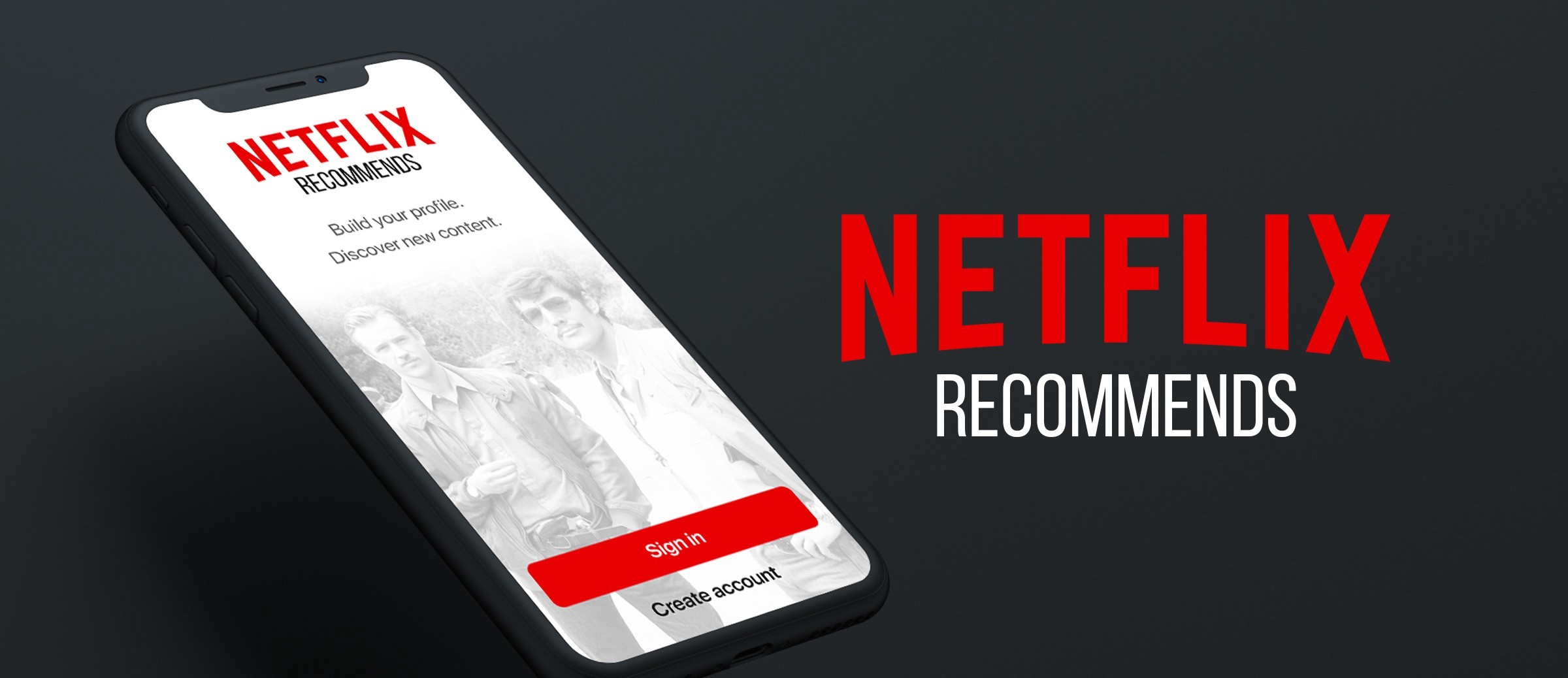
Walk into a room with Netflix on the TV and it automatically connects. Better still, when more than one user connects to the same TV. Netflix can analyse each profile and find the shared preferences between them. Recommending the perfect content for that audience.
Each audience member can react separately to the content they’re watching. Meaning they can start building their own, hyper personalised profile.
The app also works as a controller. No more searching for the TV remote down the back of the couch.
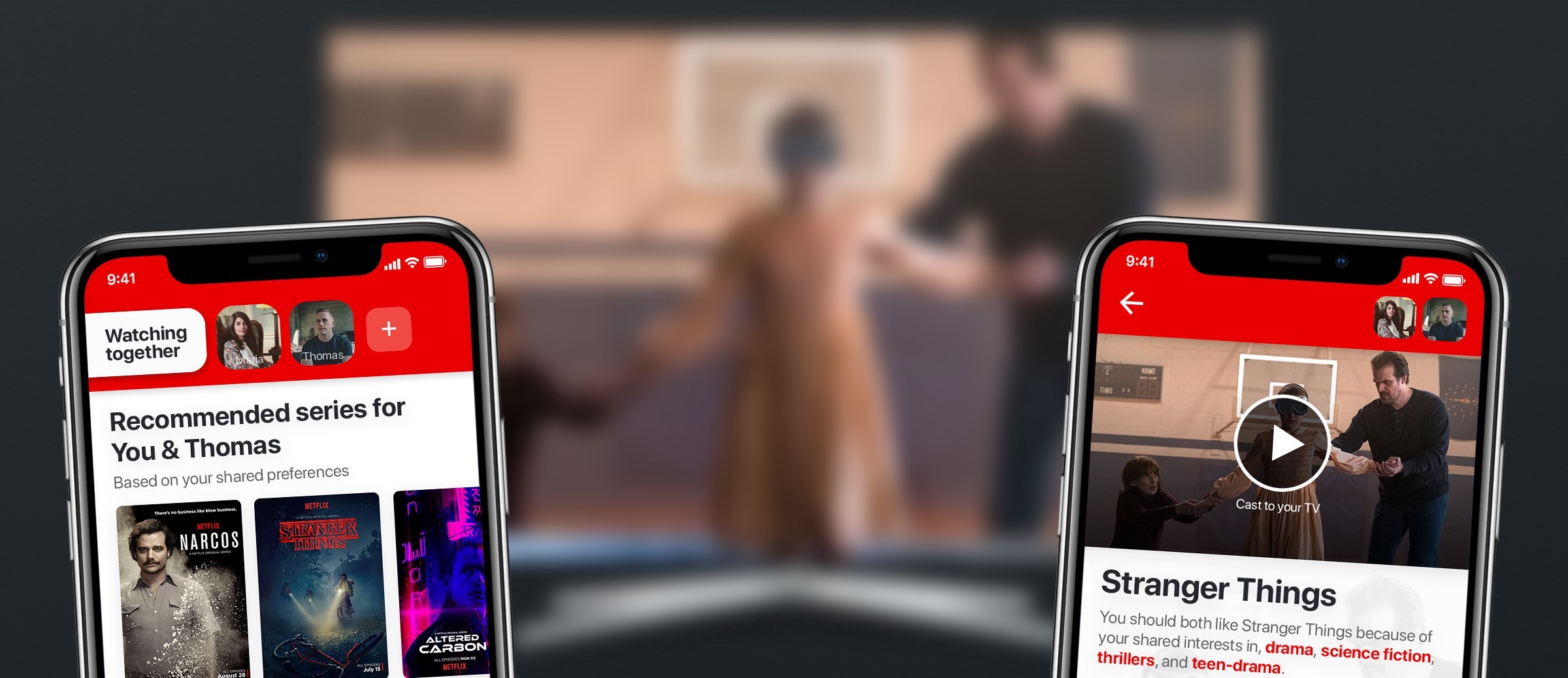
2. Thumbs Up, Thumbs Down
Never recommend me content based on something I haven’t specifically liked. There’s a hundred reasons why watching something doesn’t mean you liked it. Instead, steps should be taken to encourage users to add context to their opinion.
What does reacting to content mean? Giving a generic thumbs up? What’s the baseline for this expression? If you gave your absolute favourite movie a thumbs up, how do you express that you generally liked something, but didn’t love it.
This makes the ‘why’, seriously important. When you dislike a song on Spotify’s ‘Discover Weekly’ playlist, they ask you to clarify if it’s the song or the band that you didn’t like.
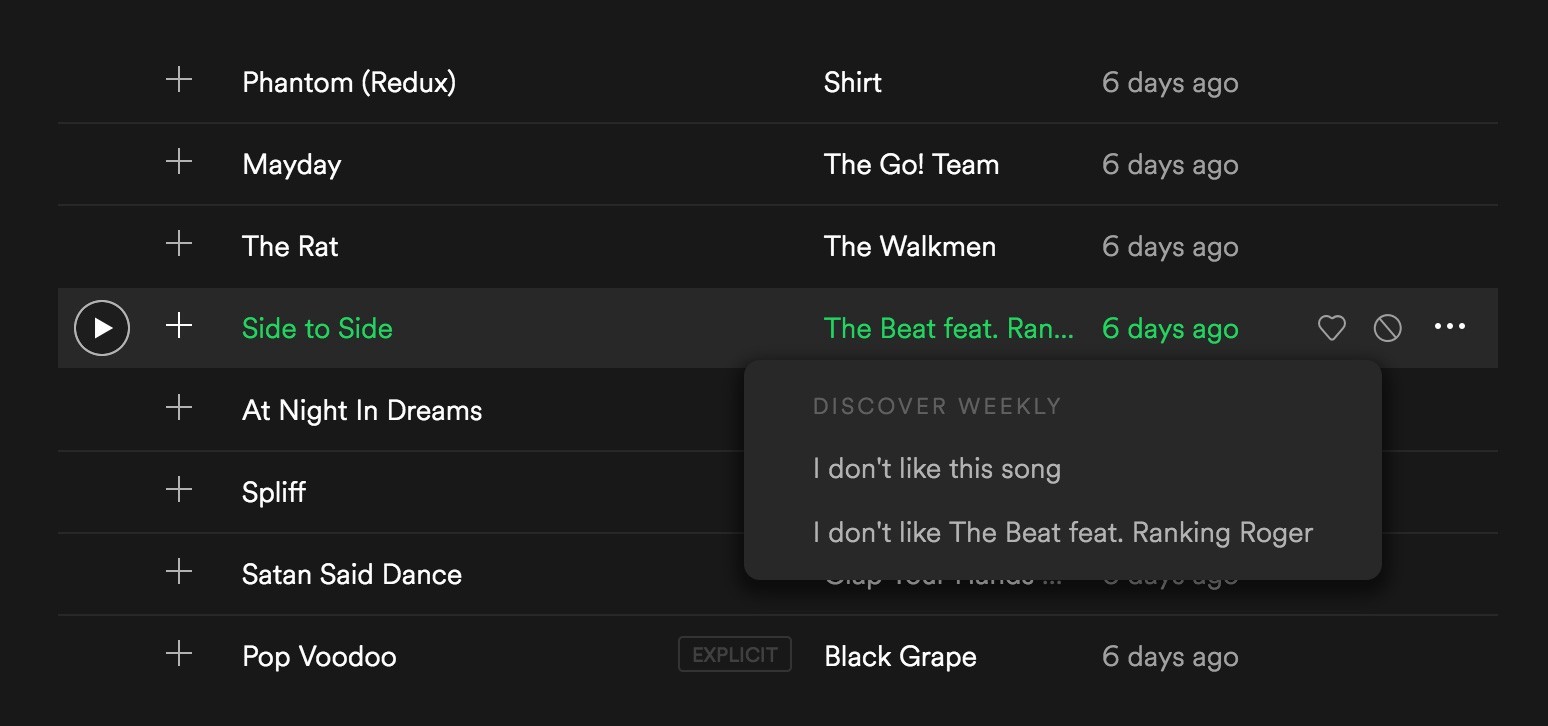
If we apply this logic to Netflix, it admittedly creates more complicated interactions. But getting to the root of why a user liked a series, is far more beneficial than 100 generic thumbs up.
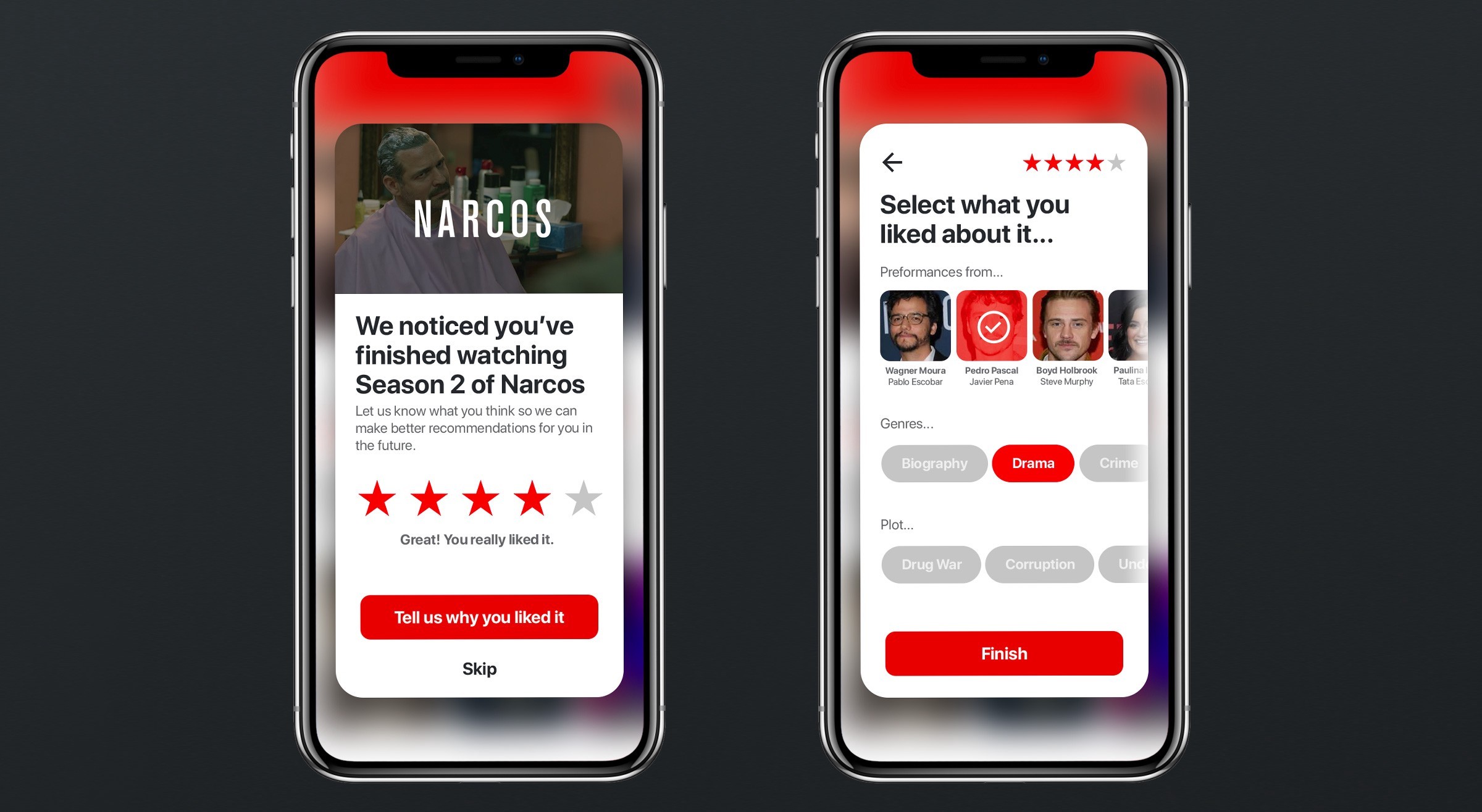
Now we have a solid data set to start building our recommendations on.
3. Transparency on OTT platforms
How can we gain a user’s trust if we keep them in the dark? Designing transparency into a recommendation interface can be advantageous in a few key ways.
Feeling in Control
Netflix has revealed how they recommend content to users based on what “taste community” they’re part of. These are groups of users that tend to watch the same type of content. But Netflix doesn’t tell us what community we belong to, let alone allow us to change it.
I say draw back the curtain a little, let us see what’s going on behind the scenes. Allowing users to confirm or refute any conclusions that are being drawn is the level of control we should aspire to.
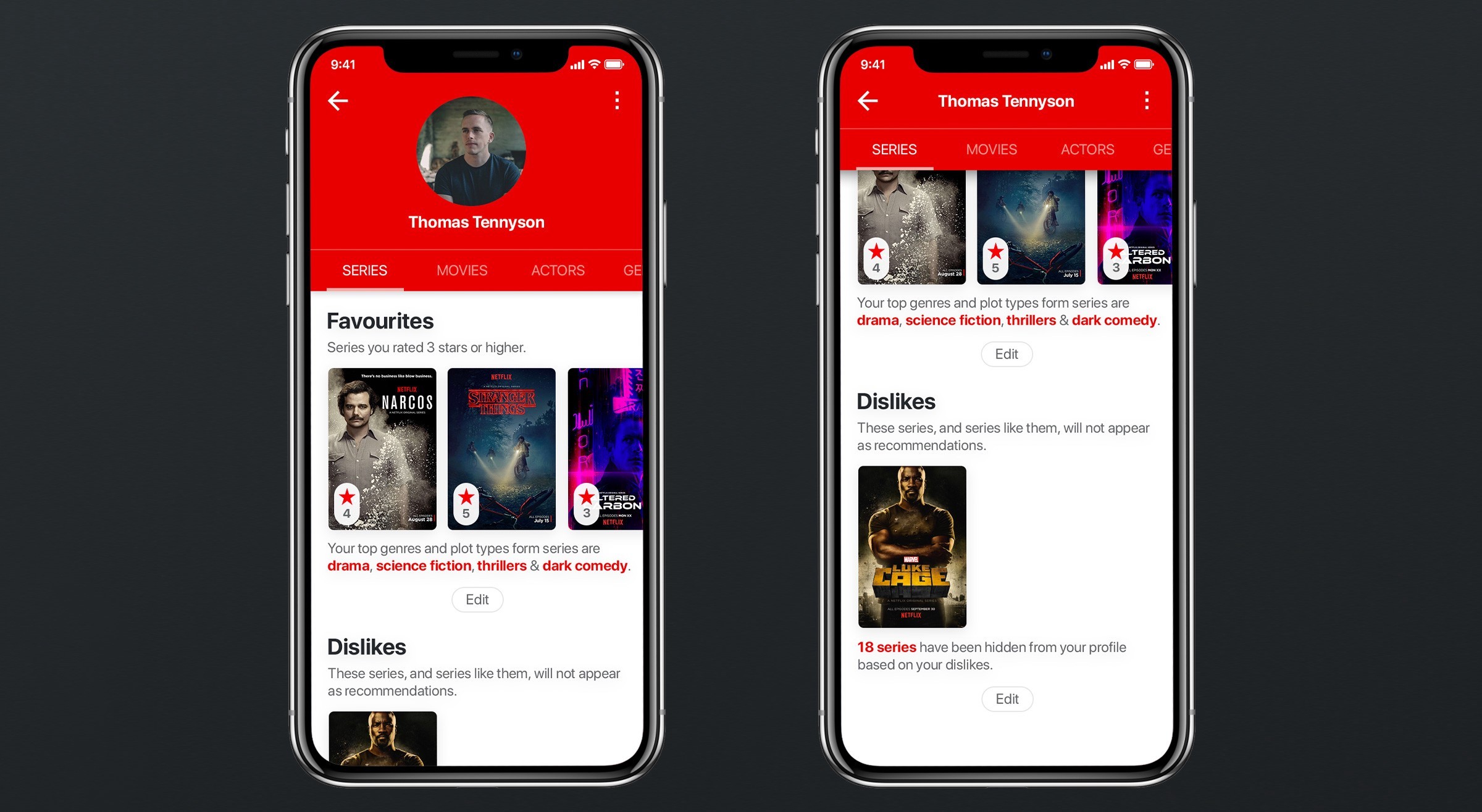
More room for error
Recommendations will never be 100% “right”. But what if a user understands why something was recommended? Surely they’ll be more likely to view a discrepancy as an outlier. Otherwise, in the user’s mind, it’s something that’s inherently wrong with the system.
To Netflix’s credit, they already do this to some of their content…
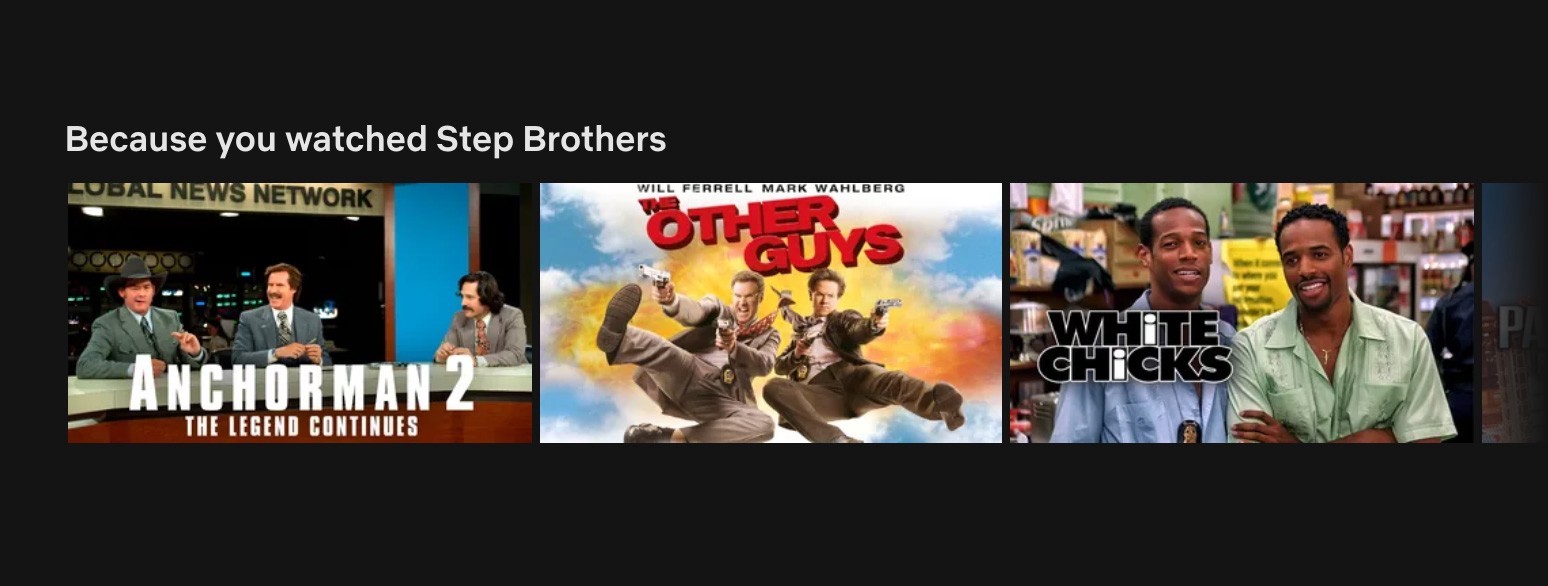
What might taking this a step further look like? Now that we have more context from user reactions, we can be more pointed. “Because you love Spoof Comedy Movies”. “Because you liked Will Ferrell in Step Brothers”. “Because you like Crime and Action”.
Appreciation
If Netflix OTT video platform recommended me a series or movie that I then became a huge fan of — let me know! I’m human, I don’t remember why I started watching something, but I’d certainly value Netflix more if it did.
Between each episode is a good place to remind the user if they started watching this as a recommendation.
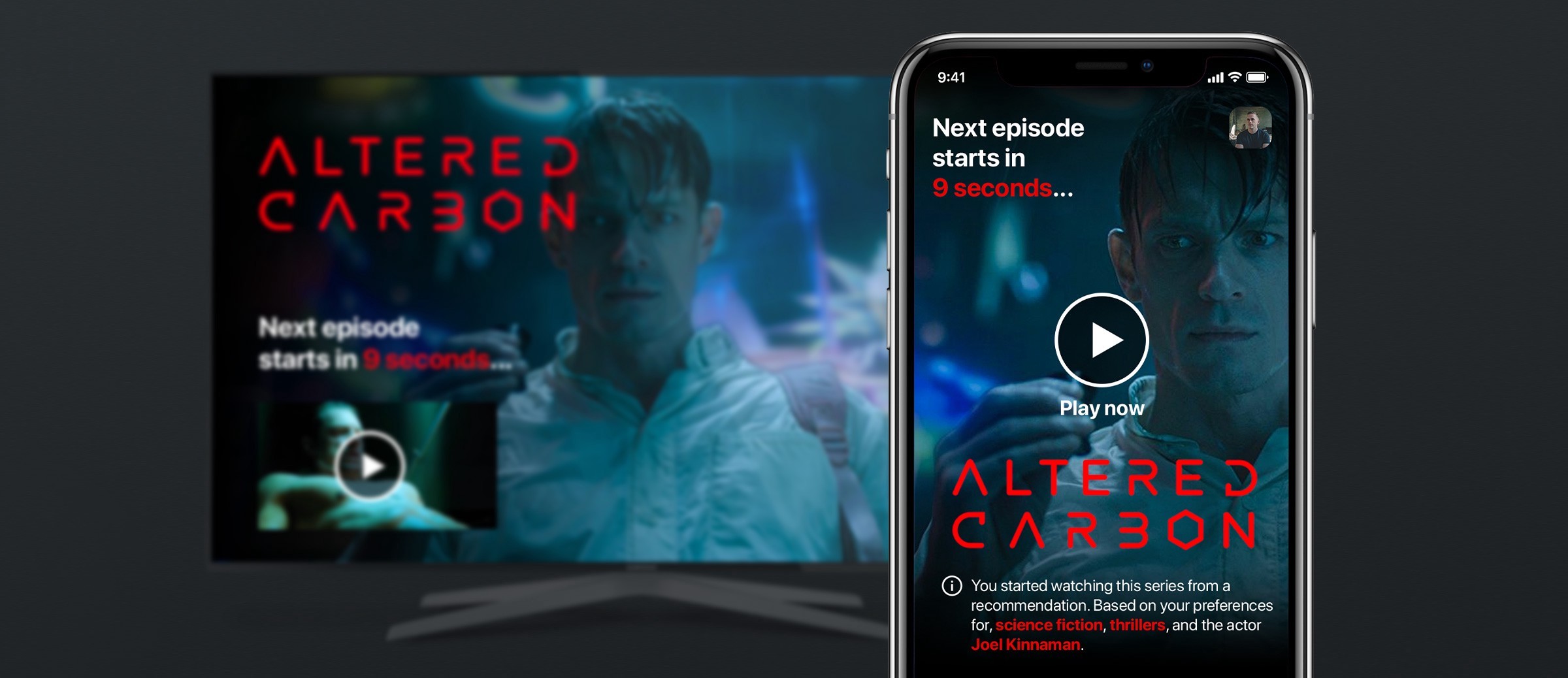
Validating the recommendations (even if they were bad ones) tells the user we’re learning and adjusting to their tastes. Part of the interface’s job is to build trust between the user and the system.
Time to recap
Addressing these three issues may get us closer to recommendation engines that work better, don’t frustrate the user, and result in better engagement statistics on our platforms.
#1. Zero ambiguity, profiles should be an accurate representation of our tastes.
#2. Let us give contextual feedback, like and dislike just doesn’t cut it.
#3. More transparency—we want to be able to trust the system.
Launching your OTT platform? Get in touch with us.


